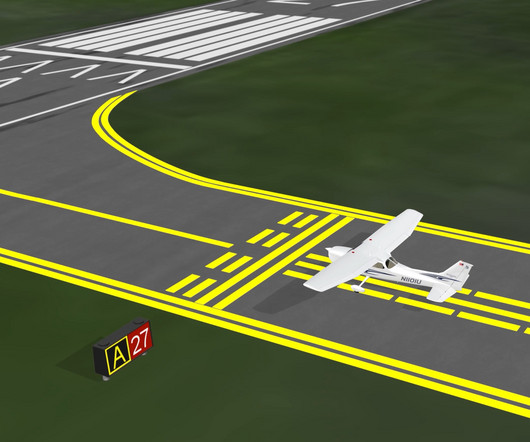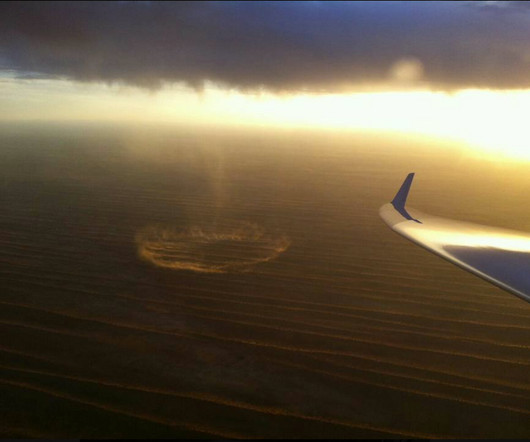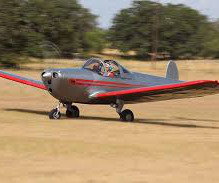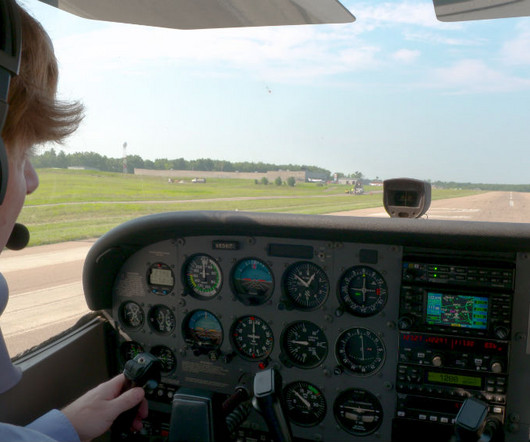The five most frequently missed Private Pilot Written Test questions—August 2024
Flight Training Central
SEPTEMBER 13, 2024
What is the purpose of the runway/runway hold position sign? Denotes intersecting runways. Denotes area protected for an aircraft approaching or departing a runway. Denotes entrance to runway from a taxiway. What condition applies when taking off at a high density altitude?















Let's personalize your content